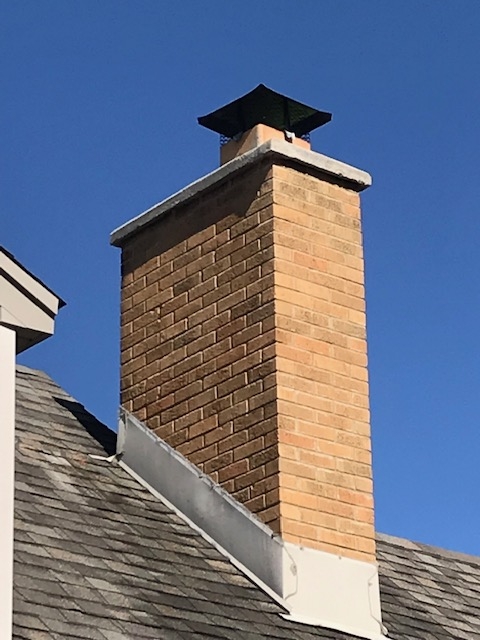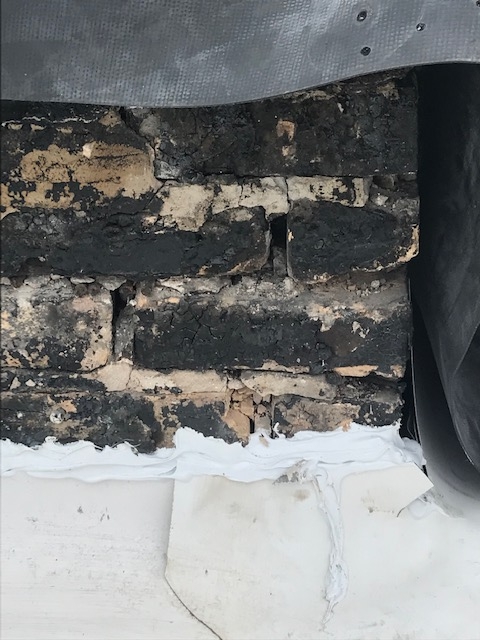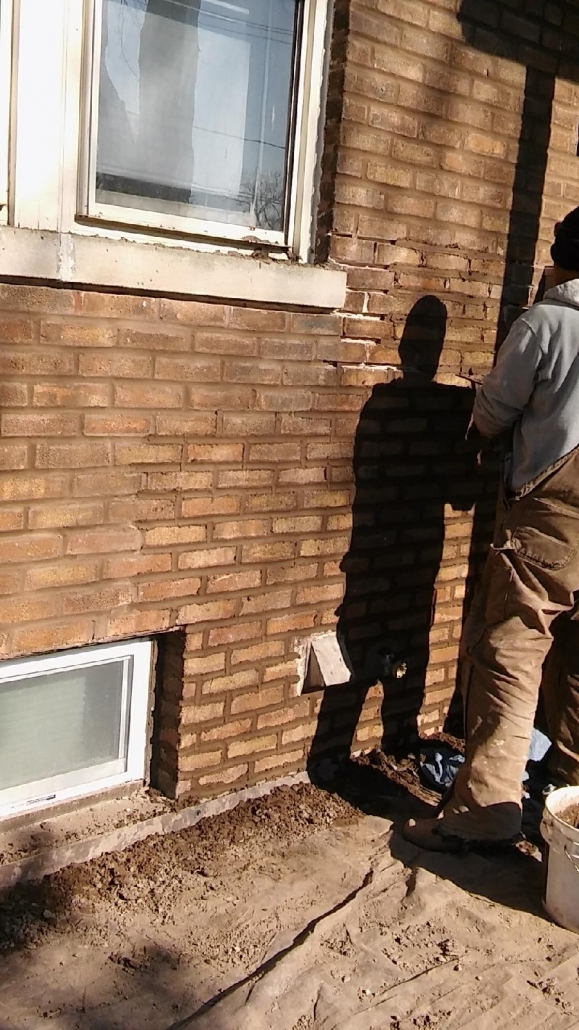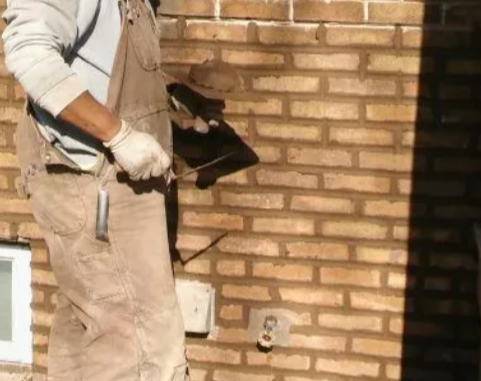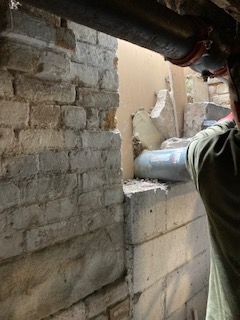Why is Tuckpointing Expensive?
Tuckpointing can be expensive for several reasons:
- Labor Intensive: Tuckpointing requires skilled labor and can be quite labor-intensive. It involves carefully removing deteriorated mortar joints, cleaning the joints and bricks, and then filling in new mortar. The process can be time-consuming, especially for intricate or large areas.
- Skill and Expertise: Tuckpointing requires a high level of skill and expertise to ensure that the new mortar matches the existing mortar in color, texture, and strength. Achieving a seamless blend between old and new mortar takes experience and craftsmanship.
- Materials: Quality materials are essential for tuckpointing to ensure durability and longevity. This includes sourcing the right type of mortar that matches the existing mortar in composition and appearance.
- Equipment: Specialized tools and equipment are often required for tuckpointing, such as grinders, jointers, and mortar mixers. These tools add to the overall cost of the project.
- Rigging: The amount of rigging greatly impacts the cost of tuckpointing. Tuckpointing on the ground level will be much cheaper than tuckpointing that requires pipe scaffolding or a swing stage.
- Safety Considerations: Tuckpointing work often involves working at heights or in precarious positions, which can require safety equipment and precautions to ensure the well-being of workers. These safety measures add to the overall cost.
- Location and Accessibility: The location and accessibility of the building can also impact the cost of tuckpointing. Buildings in urban areas or with limited access may require additional logistical planning and effort, which can increase the overall cost.
Why is Tuckpointing Expensive?
Overall, while tuckpointing may seem expensive, it is a specialized and essential maintenance task that helps preserve the structural integrity and aesthetic appeal of masonry buildings over time. Investing in quality tuckpointing can ultimately save money by preventing more extensive damage and costly repairs in the future.
Contact the experts at FocalPoint Masonry to schedule a free consultation today
CALL NOW (847)496-3343
